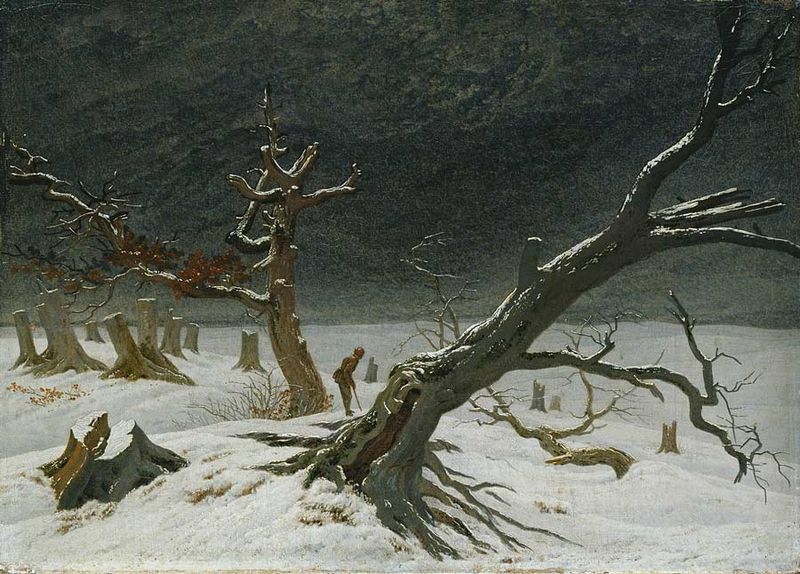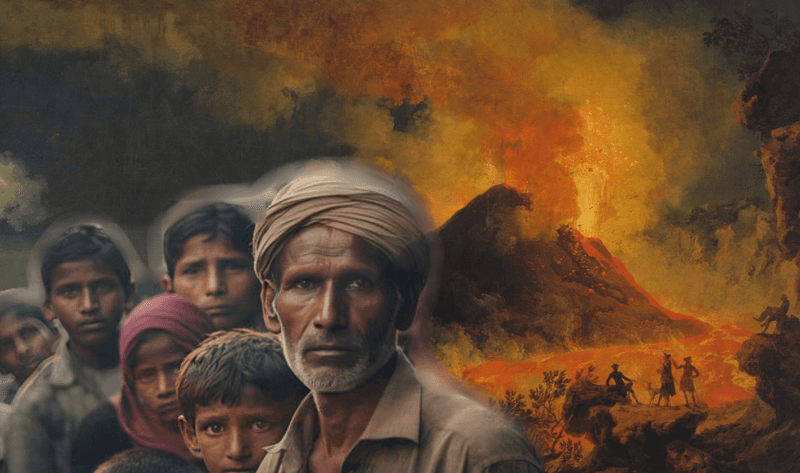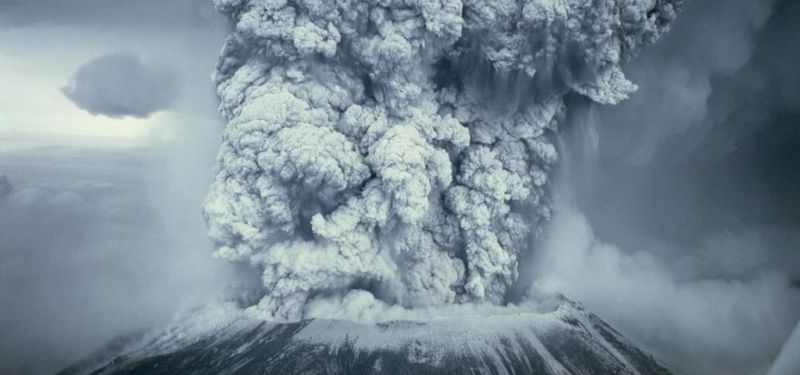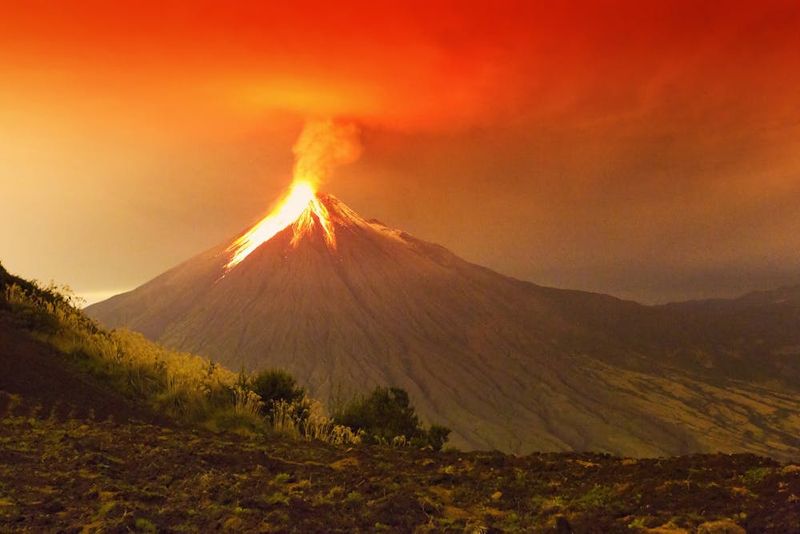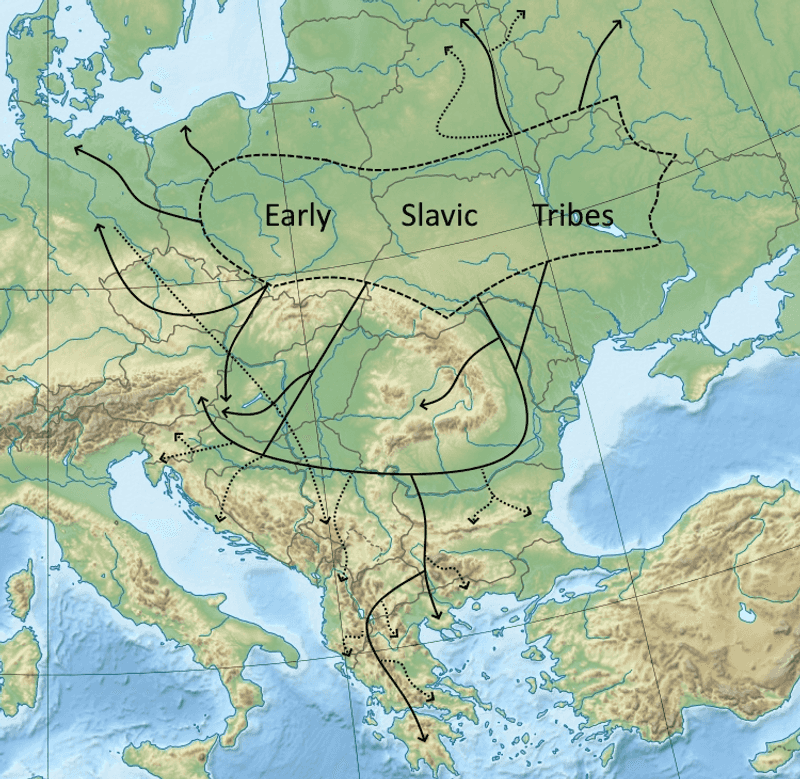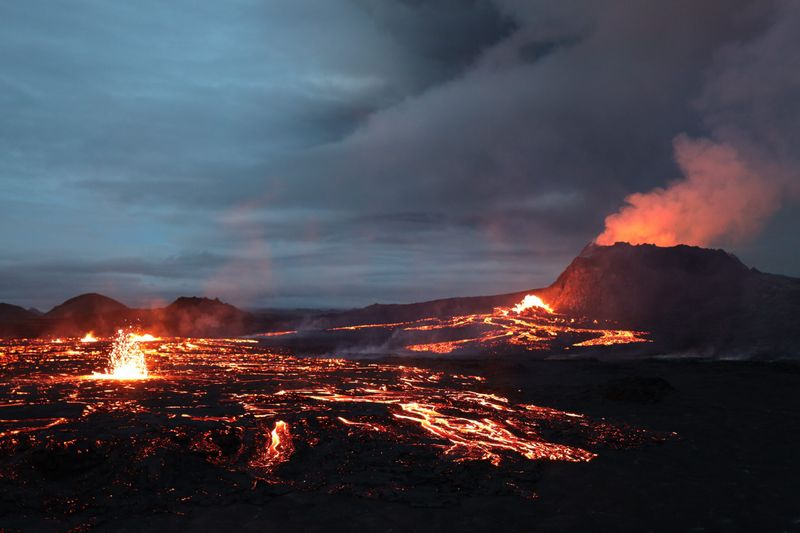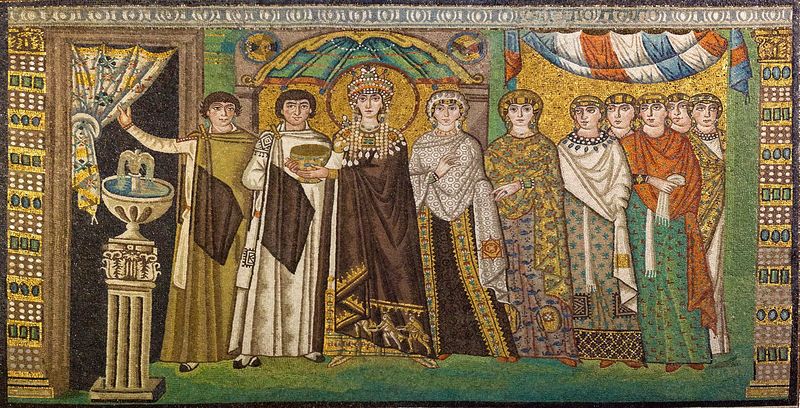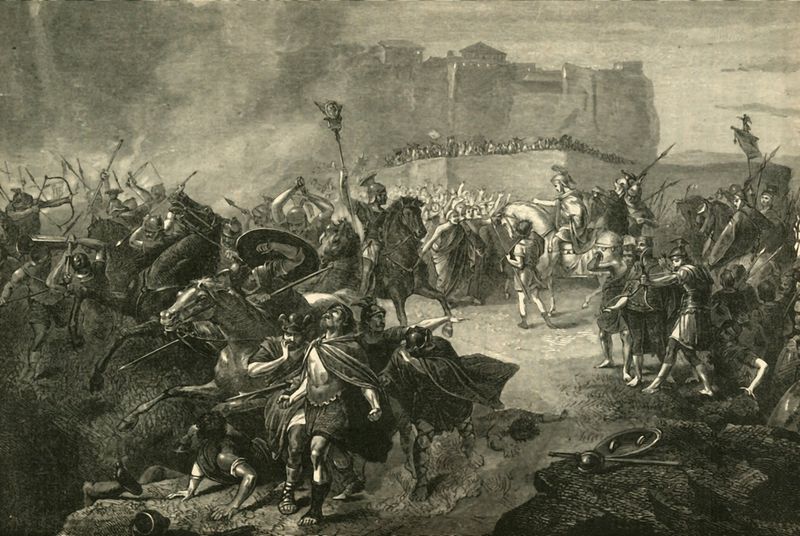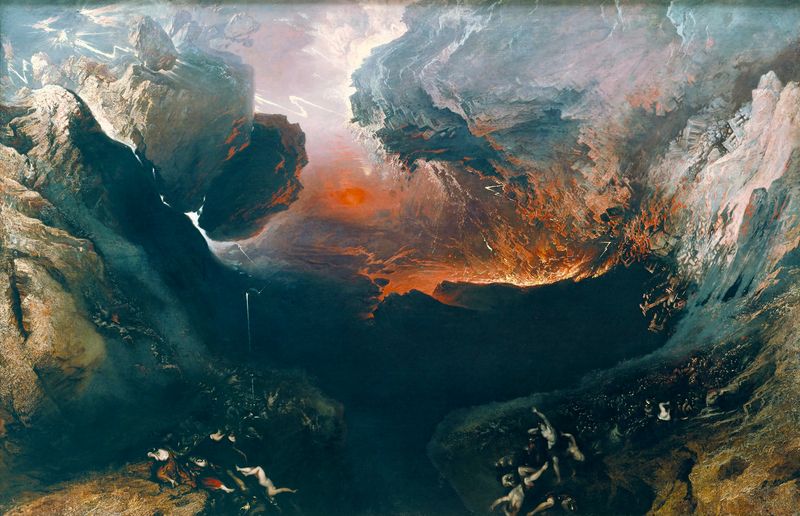In the annals of global catastrophe, 536 AD stands alone as a year so bleak that historians and scientists alike have dubbed it the worst year to be alive. Famines, climate disasters, political upheaval, and disease converged in a perfect storm that plunged much of the known world into a literal and figurative dark age. Here’s why 536 AD earns this grim title.
1. The Sun Disappeared for 18 Months
Historical records from Europe and Asia describe a dimmed sun that barely shone for a year and a half. Daylight looked like twilight, leading to widespread panic and confusion.
Crops failed, unable to grow without adequate sunlight, plunging societies into chaos. Temperatures across regions plummeted, contributing to the misery.
The absence of the sun for such an extended period was unprecedented and left an indelible mark on civilizations, altering their way of life and fostering a sense of dread that something ominous was happening. It was a chilling omen of survival struggles.
2. Temperatures Dropped Worldwide
Tree ring data offers compelling evidence of a sudden, sharp cooling event that gripped the world. This wasn’t a mere local occurrence; it was a chilling global phenomenon.
In some regions, summer temperatures dropped by as much as 2.5°C, an unprecedented cold snap that no one was prepared for.
Communities, reliant on predictable weather patterns, were thrown into disarray as they grappled with the unexpected freeze. The decline in temperature was a harbinger of the many hardships that 536 AD had in store.
3. Coldest Decade in 2,000 Years
The climate anomalies of 536 AD didn’t just make a brief appearance; they ushered in the coldest decade in the last two millennia.
This period marked a significant deviation from the norm, casting long shadows over agriculture and survival. Many communities found themselves ill-equipped for such relentless cold.
The decade-long chill devastated crops across continents, leaving societies scrambling for food and resources. This event wasn’t just another cold spell; it was a monumental shift that dramatically reshaped human survival strategies and social structures.
4. Massive Crop Failures Sparked Widespread Famine
With sunlight blocked and growing seasons disrupted, the agricultural backbone of civilizations crumbled. Fields that once teemed with life were reduced to barren expanses.
Chronicles from Ireland, China, and the Middle East paint a grim picture of severe famine. Mass starvation became a dire reality for countless communities.
Families, isolated and struggling, were forced to consider desperate measures for survival. Food supplies collapsed, and the fragility of human dependency on nature’s cycles became starkly evident, highlighting the vulnerability of entire societies.
5. Volcanic Eruption Was Likely the Cause
Recent ice core samples from Greenland and Antarctica reveal traces of a massive volcanic eruption in early 536.
These samples tell a story of ash and sulfuric particles that likely enveloped the atmosphere. This catastrophic event is believed to have caused the mysterious “fog” that dimmed the sun.
Communities, unaware of the scientific explanations, were left to interpret these signs as divine omens. The eruption’s impacts rippled across continents, altering climates, and sowing seeds of confusion and fear among those who witnessed its aftermath.
6. A Second Eruption Made Things Worse
As if the first eruption wasn’t catastrophic enough, a second major volcanic eruption around 540 AD compounded the climate catastrophe.
This double blow struck societies already reeling from the first disaster, setting back recovery efforts tremendously. The atmosphere was further choked with ash, exacerbating the “fog” that lingered.
The compounded effects extended the cooling and chaos, deepening the struggle for survival. It was a relentless sequence of natural disasters that tested the resilience and spirit of communities around the globe.
7. Plague Soon Followed
Just a few years after the volcanic chaos, in 541 AD, the Plague of Justinian struck, marking one of history’s deadliest pandemics.
It swept through regions already weakened by famine and climate upheaval, leaving devastation in its wake. Up to 50 million people, or about half the population of the Byzantine Empire, succumbed to the disease.
The plague intensified the misery of the era, with societies struggling to comprehend the series of calamities befalling them. It was a period marked by relentless hardships that seemed to have no end in sight.
8. The Roman Empire Was Already Fragile
The Eastern Roman (Byzantine) Empire was in a state of fragility, reeling from political turmoil and ongoing wars. The cascade of disasters in 536 further weakened its resilience.
These challenges hastened the empire’s decline, as resources were stretched thin, and political stability wavered. The leadership faced mounting pressure to maintain control and manage crises.
The once-mighty empire found itself vulnerable and on the brink, unable to withstand the cumulative impacts of climate, famine, and disease that battered its foundations.
9. China Was Hit by Snow in Summer
Historical Chinese texts provide startling accounts of “frost in July” and “snow in August,” events unheard of for the time. These aberrations led to failed harvests, exacerbating social unrest across the region.
Communities grappled with the implications of these strange weather patterns, questioning the stability of their environment.
The unusual climate conditions fueled anxieties and strained societal structures, as people struggled to cope with yet another layer of adversity. It was a bizarre twist in a year already marked by extraordinary challenges.
10. Europe Entered a Cultural and Economic Slump
In Europe, the period became known as the Late Antique Little Ice Age. This era saw a dramatic decline in trade, culture, and construction activities.
Societies faced economic stagnation as resources dwindled and infrastructure development slowed to a crawl. The darkness of the times was both literal and metaphorical, overshadowing any potential progress.
The slump left an indelible mark on the continent, dimming the cultural vibrancy and ushering in a period of austerity and struggle for survival. It was a shadowy phase in an already challenging historical era.
11. Widespread Migration and Displacement
Crop failures and famine forced entire populations to flee their homelands in search of sustenance and stability.
These migrations strained existing resources in host regions and ignited new conflicts. The movement of people created a volatile atmosphere as communities clashed over territory and dwindling supplies.
The displacement was a human response to natural calamities—an attempt to escape the grasp of hunger and uncertainty. The shifts in population dynamics had long-lasting impacts on the social and cultural landscapes of affected areas.
12. Societies Collapsed or Transformed
Some societies were irreversibly altered or collapsed entirely due to the relentless adversities of 536 AD. In Scandinavia, for example, up to half the population may have perished.
Archaeological evidence suggests large-scale abandonment of farms and settlements, as communities struggled to adapt.
The period was marked by transformative shifts, as surviving populations redefined their social structures and survival strategies. The relentless challenges of the year forced innovation, adaptation, and sometimes, complete overhaul of existing ways of life.
13. Written Accounts Paint an Apocalyptic Picture
Byzantine historian Procopius provided eerie descriptions of a sun that gave “no light, as if it were in eclipse.”
These chilling accounts, corroborated by multiple continents, paint a picture of a world grappling with inexplicable and apocalyptic events.
Such narratives convey the pervasive sense of doom and struggle that defined the era. The detailed and haunting records serve as a testament to the severity of the year’s many challenges, offering modern readers a window into the lived experiences of those who endured it.
14. The Economy Crashed
The combination of failed crops, disease, and disrupted trade led to a widespread economic collapse.
Inflation and shortages affected both peasant and elite classes, as societies struggled to maintain economic stability. The once vibrant trade routes fell silent amidst the chaos.
The economic downturn was a brutal reminder of the interconnectedness of society and the vulnerabilities that come with it. The crisis left a mark on the social fabric, as communities worked to rebuild in the face of adversity.
15. It Delayed Scientific and Cultural Progress
With basic survival in question, intellectual and artistic pursuits were abandoned in many areas.
The focus shifted entirely to ensuring enough resources for survival, pushing scientific and cultural advancements to the back burner. This delay had a cascading effect, stalling recovery for decades.
The era was marked by a stark absence of innovation and progress, as societies grappled with immediate, unyielding challenges. The setbacks in development during this time left a lasting impact on the trajectory of human advancement.
16. Religious Upheaval and Apocalyptic Beliefs Spread
Faced with inexplicable disasters, people turned to religion for answers and solace.
Many interpreted the events as signs of divine wrath or the end of days, leading to sectarian conflict and zealotry. The climate of fear and uncertainty fueled apocalyptic beliefs.
Religious upheaval became a notable feature of the times, as communities sought to make sense of the chaos through spiritual lenses. These beliefs shaped societal responses and left a deep imprint on the cultural and religious landscape.
17. Political Instability Erupted Across Empires
As rulers struggled to manage the cascading crises, the political landscape became volatile.
Legitimacy crumbled, and rebellions, assassinations, and palace coups became common in the years that followed. Empires faced internal and external challenges that threatened their very existence.
The political instability was a reflection of the broader chaos of the time, as leaders grappled with unprecedented pressures. The turbulence left a legacy of weakened governance and fragmented power dynamics that would take years to stabilize.
18. Even Elites Couldn’t Escape the Hardship
Unlike many historical disasters, the climate collapse of 536 transcended social classes.
The rich and powerful found themselves facing the same grain shortages and diseases that afflicted the lower classes. No one was immune to the year’s hardships.
The leveling effect of the climate crisis highlighted the shared vulnerabilities inherent in human societies. It was a moment in history where the usual protections of wealth and status offered little refuge, underscoring the universality of the era’s suffering.
19. It Left a Long Shadow Over Centuries
Some historians believe the trauma of 536 AD contributed significantly to the slower recovery of Europe and the stagnation of development during the early medieval period.
The psychological and social impacts of the year’s events left deep scars that lasted for generations.
The long shadow it cast influenced cultural, economic, and political trajectories well beyond the immediate aftermath. It was a haunting legacy that shaped the course of history, whispering lessons of resilience and adaptation to those who followed.
20. Modern Science Has Only Recently Uncovered the Full Story
It wasn’t until the 21st century that ice core and tree ring data helped piece together the truth.
536 AD was no ordinary bad year—it was a global catastrophe hidden in plain sight. Modern science has unveiled the climatic and volcanic factors that converged to create this perfect storm.
The revelations underscore the importance of understanding historical climate events to better prepare for future challenges. It’s a testament to the power of science in unraveling the mysteries of the past, offering insights and warnings for the present and future.



